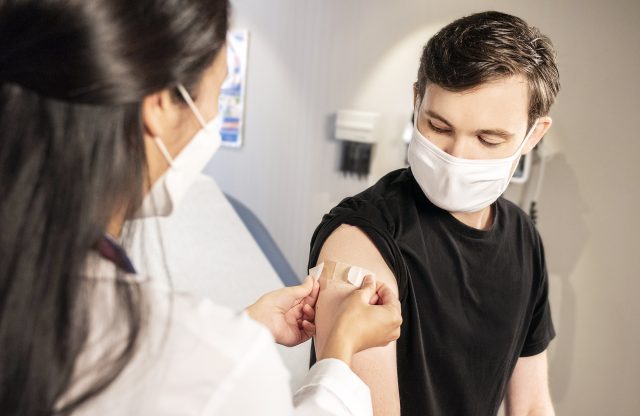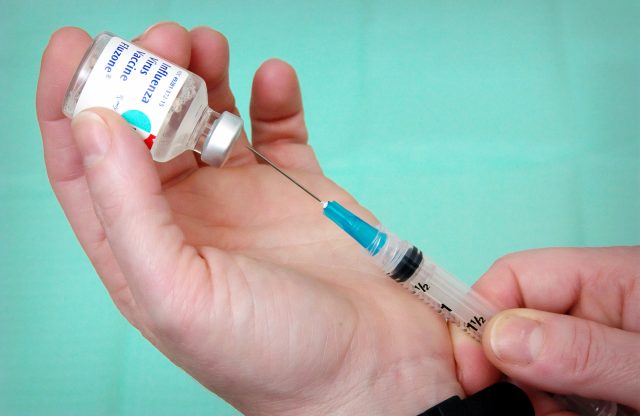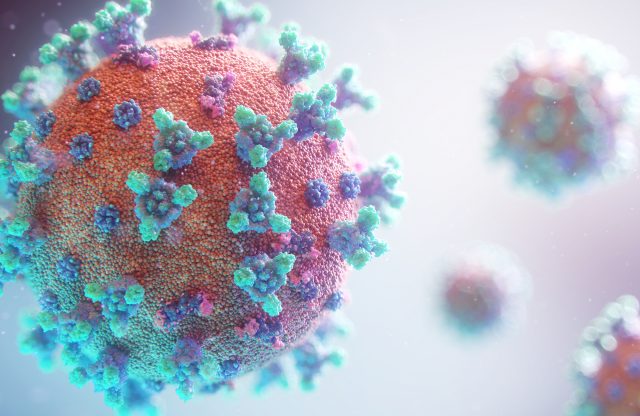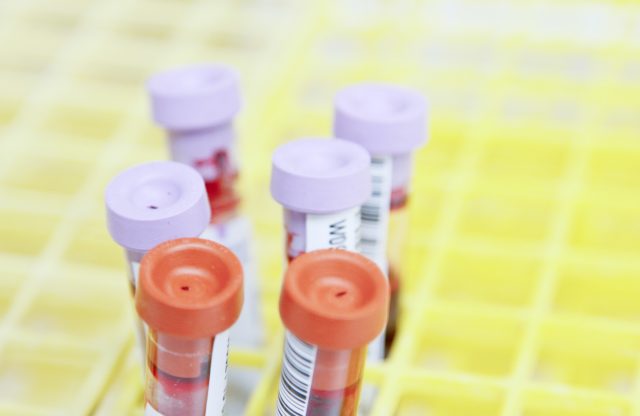Dr Robert Hess: Recent studies have established a strong link

Dr Robert Hess – 09/03/2021
Dr Robert Hess: Recent studies have established a strong link between the presence of autoantibodies against interferon-I and a severe progression of disease after infection with SARS-CoV-2.
As we have explained in previous Keynotes, our body’s own interferon system plays an important role in the activation and modulation of the immune defenses. In this update, we will focus on what happens when there is a failure to activate the type I interferons (IFN-I) and on the risks that this poses. IFN-I is of immense importance in relation to the body’s own virus defense and thus highly relevant in the context of the SARS-CoV-2 pandemic.
Current thinking is that the functionality of interferon-I can be inactivated and/or neutralized by two mechanisms in particular: Firstly, a functional restriction can result from a genetic mutation, i.e. depending on the gene sequences in which the changes are located, it can distort the signaling pathway of interferon-I activation and thus weaken resistance to the virus. Studies conducted in 2020 were already able to establish a relationship between gene mutations of the interferon-I pathway and severe courses of the Covid-19 disease.
The second potential factor behind restricted IFN-I functionality are the so-called “autoantibodies”, which have been the focus of research for some time. Originally, it was assumed that autoantibodies were the result of a severe Covid-19 infection, but it is now looking more likely that they are in fact the cause. This realization is based on two independent studies that investigated the prevalence of autoantibodies against IFN-I in the healthy population and the presence of autoantibodies against IFN-I in severely ill Covid-19 patients. It was found that 0.18% of healthy 18- to 69-year-olds had autoantibodies against interferon-I and that this proportion increased with age: autoantibodies were present in approximately 1.1% of 70- to 79-year-olds and in 3.4% of those over 80. In the most recent study conducted in August of this year, scientists tested nearly 4,000 critically ill Covid-19 patients for autoantibodies to IFN-I. Overall, 13.6% of these patients had autoantibodies, ranging from 9.6% in those under 40 to 21% in those over 80. Autoantibodies were also present in 18% of those who died from the disease. Autoantibodies against IFN-I are therefore present to a certain percentage in the entire population, and their number increases with age. Taken in conjunction with other factors, it was therefore to be expected that there would be a connection between older age and a severe course of infection with SARS-CoV-2. Experts therefore recommend that patients suffering from Covid-19 be tested in hospital for potential autoantibodies against IFN-I and IFN-I mutations in order to better assess and predict the course of the infection. The role of autoantibodies – also in relation to other infectious diseases – has not yet been fully explored. We expect that further insightful findings on this topic will emerge from research in the future. As part of the C-19 immunization program, the interferon receptors and their activity level are regularly tested. This allows us to ensure the optimization of interferon receptors and thus improve immune response through therapy suggestions.




